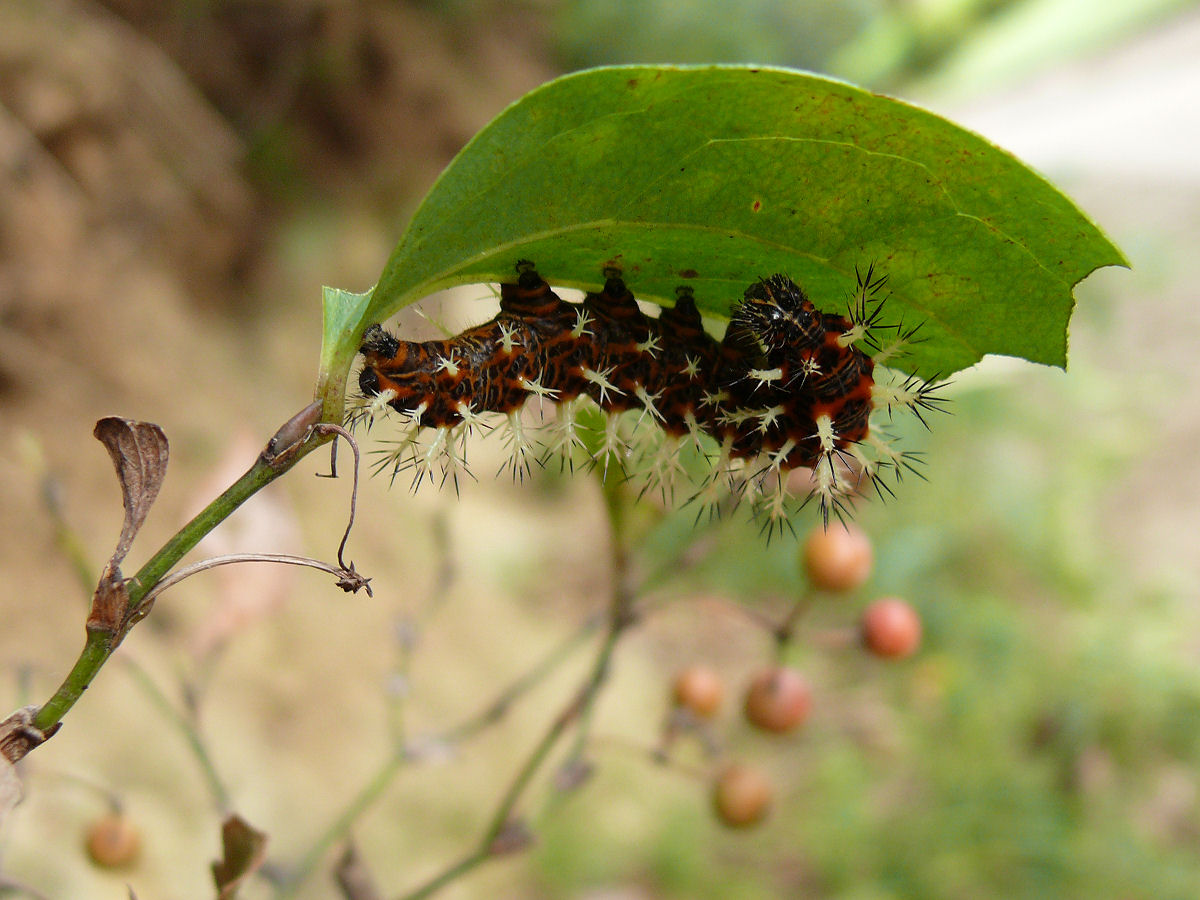|
Chinaroot , a major disease previously treated with chinaroot
{{disambiguation, plant ...
Chinaroot, china-root, or china root may refer to: * ''Smilax glabra'', the traditional medicinal chinaroot * ''Smilax china'', a related climbing plant also known as chinaroot See also * ''Smilax pseudochina'', the false chinaroot * ''Smilax'', the larger genus * Syphilis Syphilis () is a sexually transmitted infection caused by the bacterium ''Treponema pallidum'' subspecies ''pallidum''. The signs and symptoms of syphilis vary depending in which of the four stages it presents (primary, secondary, latent, an ... [...More Info...] [...Related Items...] OR: [Wikipedia] [Google] [Baidu] |
Smilax Pseudochina
''Smilax pseudochina'' is a perennial herb in the greenbriar family. It is commonly called bamboo vine or false chinaroot. Its range extends up the Atlantic Coast of the United States, from Long Island in New York State south to Georgia. Description ''Smilax pseudochina'' is a climbing herbaceous vine which grows up to 2 meters (7 feet) tall, the thornless stems only live one year but will regrow the next. The stems have numerous tendrils which twist around objects and help the plant climb. The leaves are glabrous and triangular to oval (ovate) shaped and may almost be hastate at the base and range from 5–12 cm long to 2–5 cm wide. The leaf edges are often straight or almost concave, this helps distinguish it from other ''Smilax spp.'' which typically have convex edges on the leaves. The stem is sometimes unbranched but may have a few branches. The flowers are dioecious and greenish with 6 tepals. The flowers open in June and the berries mature in September. The ... [...More Info...] [...Related Items...] OR: [Wikipedia] [Google] [Baidu] |
Smilax
''Smilax'' is a genus of about 300–350 species, found in the tropics and subtropics worldwide. In China for example about 80 are found (39 of which are endemic), while there are 20 in North America north of Mexico. They are climbing flowering plants, many of which are woody and/or thorny, in the monocotyledon family Smilacaceae, native throughout the tropical and subtropical regions of the world. Common names include ''catbriers'', ''greenbriers'', ''prickly-ivys'' and ''smilaxes''. ''Sarsaparilla'' (also zarzaparrilla, sarsparilla) is a name used specifically for the Jamaican '' S. ornata'' as well as a catch-all term in particular for American species. Occasionally, the non-woody species such as the smooth herbaceous greenbrier (''S. herbacea'') are separated as genus ''Nemexia''; they are commonly known by the rather ambiguous name ''carrion flowers''. Greenbriers get their scientific name from the Greek myth of Crocus and the nymph Smilax. Though this myth has numerous ... [...More Info...] [...Related Items...] OR: [Wikipedia] [Google] [Baidu] |
Smilax Glabra
''Smilax glabra'', sarsaparilla, is a plant species in the genus ''Smilax''. It is native to flora of China, China, the Himalayas, and Indochina. ''S. glabra'' is a traditional Chinese medicine, traditional medicine in Chinese herbology, whence it is also known as tufuling () or chinaroot, china-root, and china root (a name it shares with the related ''Smilax china, S. china''). Chinaroot is a key ingredient in the Chinese medical Chinese desserts, dessert ''guīlínggāo, guilinggao'', which uses its ability to set certain kinds of Gelatin, jelly. Chemical composition Dihydro-flavonol glycosides (astilbin, neoastilbin, isoastilbin, neoisoastilbin, (2''R'', 3''R'')-taxifolin-3'-O-beta-D-pyranoglucoside) have been identified in the rhizome of ''Smilax glabra'' as well as smitilbin, a flavanonol rhamnoside. Smiglabrone A and Smiglabrone B are phenylpropanoid-substituted Catechin, epicatechins that have also been isolated from the root. Sarsasapogenin, a steroidal sapogenin, can ... [...More Info...] [...Related Items...] OR: [Wikipedia] [Google] [Baidu] |
Smilax China
''Smilax china'' is a vine, climbing plant species in the genus ''Smilax''. It is native to China, Korea, Taiwan, Japan (including Ryukyu Islands, Ryukyu and Bonin Islands), Philippines, Vietnam, Thailand, Myanmar, and Assam. It also known as china root, china-root, or chinaroot, as is the related ''Smilax glabra''. Description The stem is woody, sparsely prickly, and long. Petiole (botany), Petiole is long; leaf blade is elliptic to orbicular, long and wide, sometimes wider. Berries are red, globose, and in diameter. Kaempferol 7-O-glucoside, a flavonol glucoside, can be found in ''S. china''. Habitat In China, ''S. china'' occurs in forests, thickets, hillsides, grassy slopes, and shaded places along valleys or streams. It is found from near sea level to . References External links * {{Taxonbar , from = Q163095 Smilacaceae Plants described in 1753 Taxa named by Carl Linnaeus Flora of Myanmar Flora of China Flora of Assam (region) Flora of Japan Flora of Kor ... [...More Info...] [...Related Items...] OR: [Wikipedia] [Google] [Baidu] |
